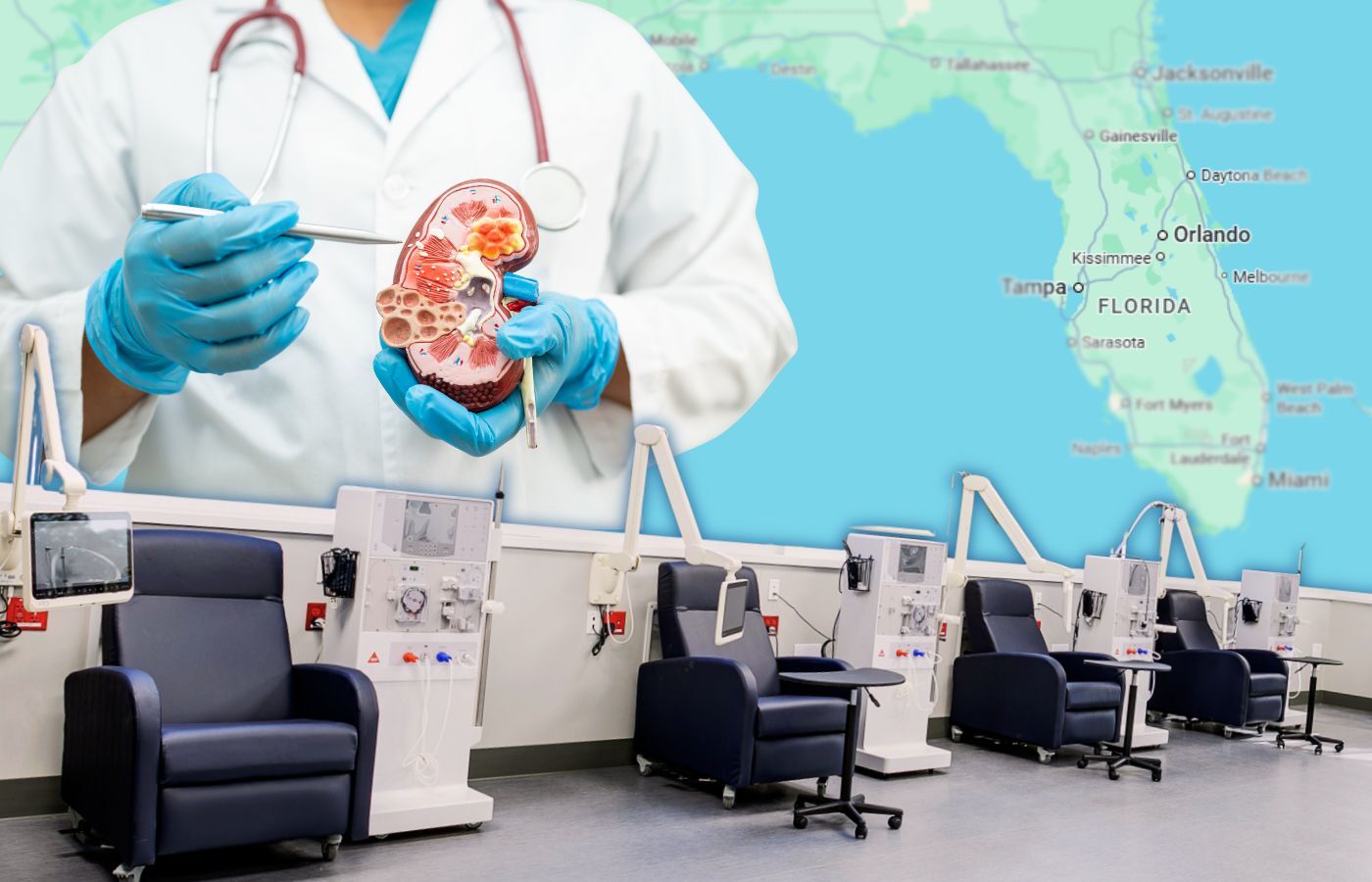What to Expect at the 2025 RHA Annual Conference
The 2025 Renal Healthcare Associate (RHA) Annual Conference is just around the corner, and it is one of the most important events for the kidney care...
2 min read
 Jason Adams, Unparallel LLC
:
August 5, 2025
Jason Adams, Unparallel LLC
:
August 5, 2025

The passage of the One Big Beautiful Bill Act in July 2025 marked the beginning of one of the most significant shifts in U.S. healthcare policy in recent decades. With changes now rolling out across states, the impact of Medicaid reform is becoming impossible to ignore. This legislation introduces new work requirements, alters ACA enrollment rules, and imposes cost-sharing measures that could leave nearly 12 million more Americans without insurance by 2034, according to recent analysis from the National Kidney Foundation.
For health systems, particularly those already operating with slim margins or serving high volumes of Medicaid patients, the ripple effects could be profound. Providers are beginning to feel increased administrative pressure. There is a growing concern around financial sustainability due to the new eligibility requirements. Administrators must juggle this while trying to maintain quality of care.
While the headlines focus on national policy, the real story is unfolding in exam rooms, emergency departments, and hospital beds across the US. As Medicaid eligibility becomes more conditional, hospitals will see higher rates of coverage loss among patients who rely on government programs to access dialysis, mental health support, and preventive services.
Research from the Kaiser Family Foundation has consistently shown that Medicaid expansion improves access and outcomes. Reversals or constraints, on the other hand, introduce
Healthcare facilities, especially those in rural areas or those serving vulnerable populations, are being forced to do more with less. As funding tightens, many leaders are exploring ways to preserve care continuity and stabilize operations without sacrificing patient experience.
This is where healthcare technology becomes more than a convenience. It becomes a strategic asset. With Medicaid reform tightening eligibility, digital tools that improve efficiency, communication, and patient engagement are critical.
Solutions that automate workflow processes, deliver communication at scale, or personalize experiences are becoming essential. Platforms like PDi’s GENiO are designed to deliver these touchpoints right at the bedside, enabling patients to understand their care plans and access support services more easily.
Importantly, these systems can also ease the pain of the nursing shortage plaguing the healthcare industry. When patients are informed and engaged, rounds go more smoothly, and staff are freed up to focus on clinical needs rather than fielding repetitive administrative questions.
Technologies that complement electronic health records and support real-time communication—like EHR use for patient coordination—can significantly ease the administrative load tied to these reforms.
Patients managing chronic conditions, such as kidney disease, are particularly exposed to the consequences of Medicaid reform. As noted in this NKF guide, at least 30% of end-stage kidney disease (ESKD) patients rely on Medicaid. Even for those who also qualify for Medicare, Medicaid often fills the gap for co-pays, transportation, and medications.
When coverage is interrupted, even briefly, these patients are at risk for avoidable complications and hospitalizations. Health systems that equip patients with self-service tools and proactive communication strategies are better positioned to prevent lapses in care. By embedding educational content, renewal reminders, and eligibility checklists directly into patient interfaces, providers can help patients take action before their care is disrupted.
This aligns with broader research on how healthcare organizations can deliver meaningful value to patients, especially during periods of uncertainty and change, as explored in understanding what patients really want.
For health systems navigating this policy reform, survival will depend not just on adapting workflows, but on doing so in a way that centers patients and supports staff.
Medicaid reform may restrict funding, but it doesn’t change what patients need—or expect—from their care experiences.
The organizations that succeed will be those that make smart, forward-looking investments in technology. Tools that improve patient understanding, enhance bedside communication with hospital smartrooms, and simplify operations will prove their value not only in improved outcomes but also in long-term financial resilience.

At PDi Communication Systems, we design healthcare technology with both patients and staff in mind. Our GENiO platform helps healthcare facilities simplify care delivery, improve patient comfort, and build efficiency into every interaction. We adapt, even as the landscape grows more complex.
If you’re exploring ways to future-proof your organization amid Medicaid reform, let’s talk.

The 2025 Renal Healthcare Associate (RHA) Annual Conference is just around the corner, and it is one of the most important events for the kidney care...

The value-based care movement is accelerating. According to recent data, more than 13 million Medicare beneficiaries are now aligned with accountable...

Have you heard about the CMS Centers for Medicare & Medicaid Services passage of the landmarkCMS $50 Billion Rural Health Transformation Program...